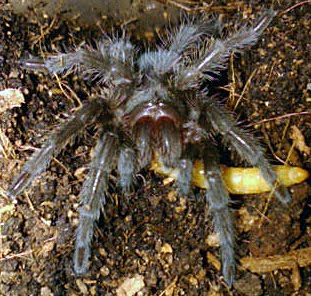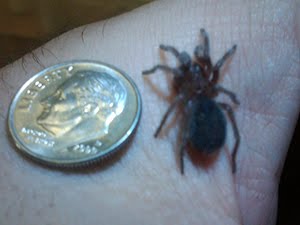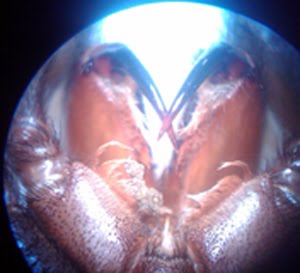Deadline to send comments to NMDGF is June 4, 2010
We have been working to compile a list of Theraphosidae organized by Genus, and one organized by Species, to be submitted to the Dept of Game and Fish along with a request to add them to the current importation list, which only has 14 species; there are 928 species currently recognized world wide. We currently have 116 Genera, and over 200 Species listed.
You can go the
New Mexico Species Importation Rule page to get full details. You can download the DIRECTOR’S SPECIES IMPORTATION LIST, the compiled lists of Theraphosidae categorized by Genus and by Species, and a letter of request addressed to the NM Dept of Game and Fish Director Letitia Mee. After reviewing the information, and downloading the lists and letter we ask that you mail them in and get this matter resolved. For those of you not in NM, your state or locality may try to impose a similar measure of control; you will be able to use these lists to keep theraphosidae legal in your area.
Please go to the
New Mexico Species Importation Rule page and help us keep the hobby accessible and legal.
Contact information for NM Dept of Game and Fish:
The
DIRECTOR’S SPECIES IMPORTATION LIST
NEW MEXICO DEPARTMENT OF GAME and FISH
LAW ENFORCEMENT DIVISION
SPECIAL USE PERMITS PROGRAM
P.O. BOX 25112
SANTA FE, NEW MEXICO 87504
505-476-8064 Fax 505-476-8133
Letitia.Mee@state.nm.us
 005 (Leg IV, lower right, has regenerated)
005 (Leg IV, lower right, has regenerated)



